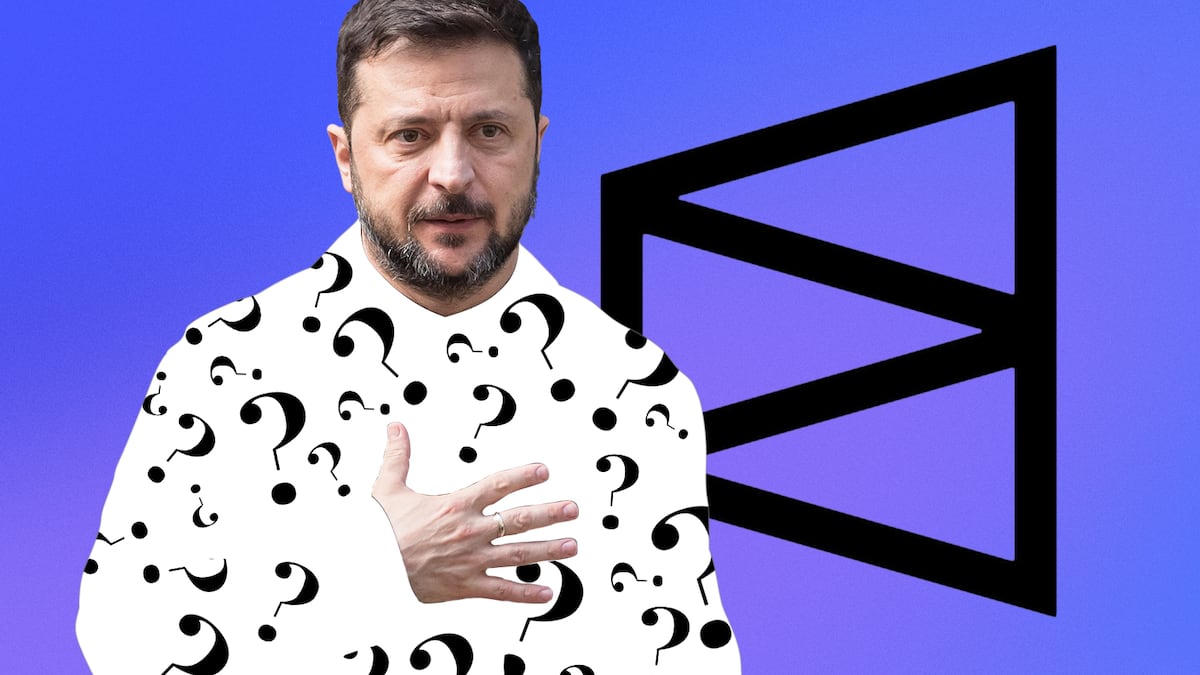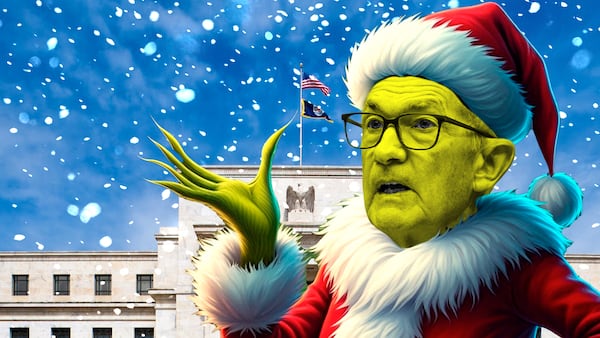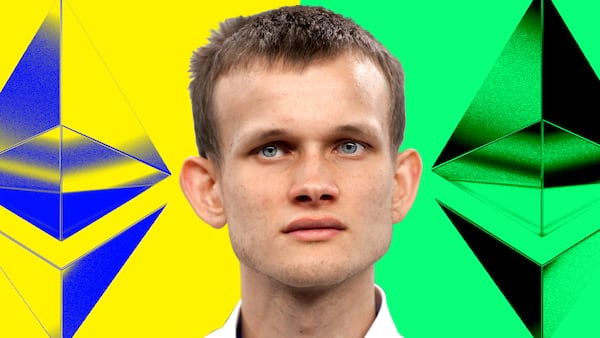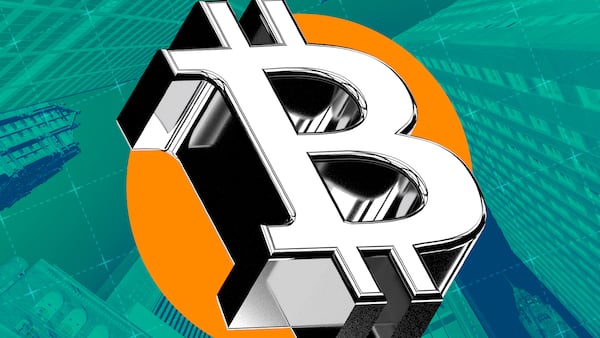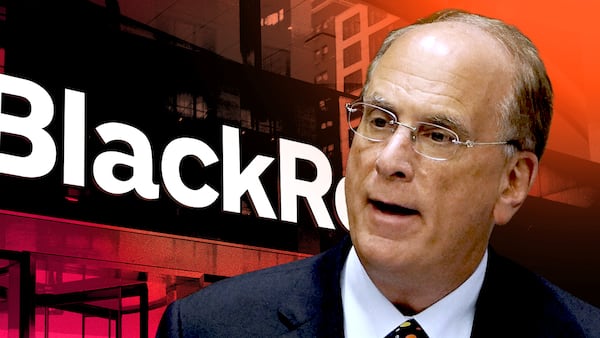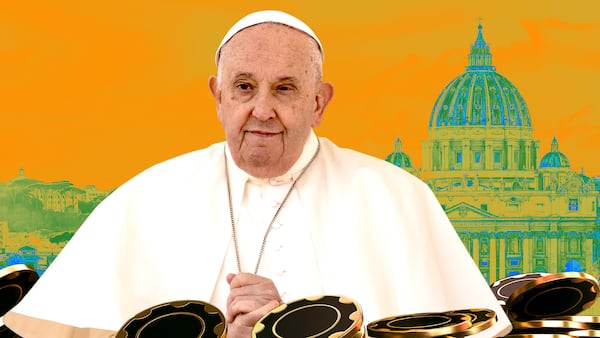- A Polymarket bet has seen users clash against each other.
- The $14 million bet concerns whether Zelenskyy wore a suit at a NATO summit.
- It’s not the first contested bet on the prediction market.
What was Volodymyr Zelenskyy wearing at the recent NATO Summit on June 24?
That depends on who you ask.
Bettors on Polymarket, the crypto-based betting platform, are split on the outcome of a prediction market for whether the Ukrainian President would wear a suit in June.
Zelenskyy appeared at the NATO summit in The Hague on June 24 wearing a black blazer, collared shirt, and suit pants.
Most media outlets that reported on the event said that Zelenskyy wore a suit.
Yet for those who traded more than $14 million worth of bets on the Ukrainian President’s wardrobe choices, the outcome wasn’t so clear.

With such a large amount of cash riding on the market, bettors on both sides are extremely motivated to convince others of their point of view.
The dispute throws into question the fairness and impartiality of prediction market outcomes, especially when they deal with situations that are open to interpretation.
The timing of the setback also mars Polymarket’s recent winning streak.
Not only did it ink a partnership with X in June, but it is also reportedly on the cusp of announcing the completion of a $200 million funding round, said to push its valuation to $1 billion.
That would put it at half the size of rival Kalshi, whose CEO announced a $185 million funding deal, valuing the company at $2 billion, on June 25.
Polymarket did not respond to a request for comment.
Similar outfit
On one side, bettors argue that the dispute should be resolved in favour of ‘yes’ because the media widely reported that the Ukrainian President wore a suit, and that, by most definitions, a suit jacket, collared shirt, and suit pants constitute wearing a suit.
“The Polymarket criteria do not ask you whether or not you believe it is a suit; they ask if the media believes it is a suit — and there is overwhelming evidence that that is the case,” Calvin Hamilton, a UMA community member, said on Discord.
UMA is a partner DeFi protocol that acts as a final arbiter of controversial markets on Polymarket.
The other side argues that Zelenskyy didn’t wear a suit, citing that the blazer he wore was more stylised than a typical suit jacket, and that he didn’t wear a tie.
They also point out that Zelenskyy previously wore a similar outfit in May. At that time, UMA decided it wasn’t a suit.
“It’s the same type of ‘jacket/coat’ as in the market that was ruled in June,” one UMA community member posting under the name bluelaminate said on Discord. “That market has resolved to No. Clearly nothing has changed and this is not a ‘suit’ per definition.”
Betting on whether or not Zelenskyy will wear a suit has become popular in recent months.
The Ukrainian President has consistently made a point of wearing military fatigues as an act of solidarity with Ukrainian soldiers, even at formal events.
But in February, Zelenskyy was chided for not wearing a suit by Brian Glenn, chief White House correspondent for conservative cable network Real America’s Voice, during a meeting with President Donald Trump.
Since then, speculation that Zelenskyy might don a suit has abounded.
Solving disputes
When prediction market outcomes on Polymarket are disputed, the platform delegates decision-making to UMA.
UMA tokenholders vote to settle questions of fact. The idea is that collective wisdom is the best way to get at the truth.
Votes are cast in secret and only revealed after polling ends. And if the majority of tokenholders vote that A is true, those who said B is true face a financial penalty — a way to discourage voting for obvious untruths.
UMA has resolved thousands of disputes without incident.
However, some — especially those open to multiple interpretations — have sharply criticised the protocol.
Critics suggest the system is open to abuse.
There’s little stopping large UMA tokenholders colluding with Polymarket bettors behind the scenes to rig the outcomes of ambiguous prediction markets in their favour, as long as they know they have enough collective voting power to get their way.
UMA CEO Hart Lambur told DL News he hasn’t seen any evidence of collusion.
“UMA token holders want the UMA token to go up in value, and if it’s a broken or manipulated system, the UMA token becomes worthless,” he said. “UMA voters have a strong incentive to follow Polymarket’s rules and do the best job they can for the long run health of the system.”
Growing issue
It’s not the first time bettors have come to blows over market outcomes.
In fact, it’s becoming a regular occurrence.
In March, bettors disagreed on the outcome of a $7 million bet over a potential Ukraine-US mineral deal. The prediction market resolved to yes despite no official agreement between the two nations.
In January, many Polymarket bettors again cried foul after losing a $120 million bet that social media platform TikTok wouldn’t be banned before May.
Update, June 30: Added a comment from UMA CEO Hart Lambur.
Update, July 2: This article previously incorrectly stated Volodymyr Zelenskyy wore a similar suit outfit in February. It has been changed to the correct month, which was May.
Tim Craig is DL News’ Edinburgh-based DeFi correspondent. Reach out to him with tips at tim@dlnews.com.


